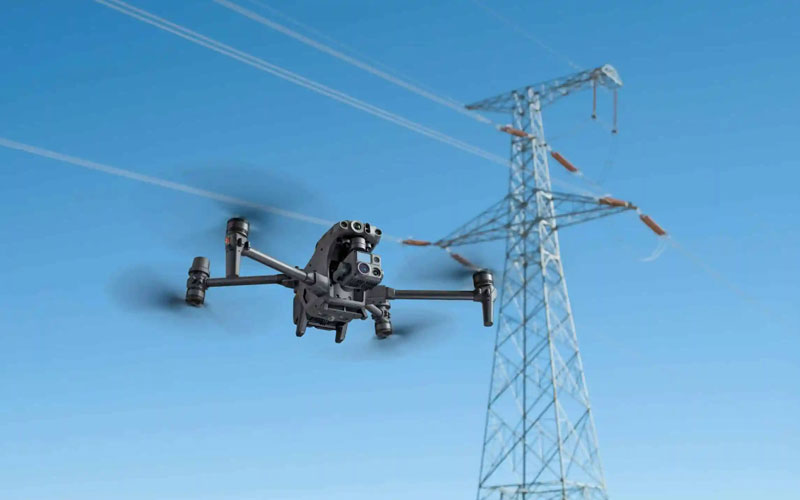
Powerline inspection
Drone solutions automate inspections and provide accurate data on all parts of the grid, enabling timely repairs, removing risk of accidents, and reducing downtime. Drones reduce the risk to workers by allowing them to stay on the ground while the drone inspects the power lines.
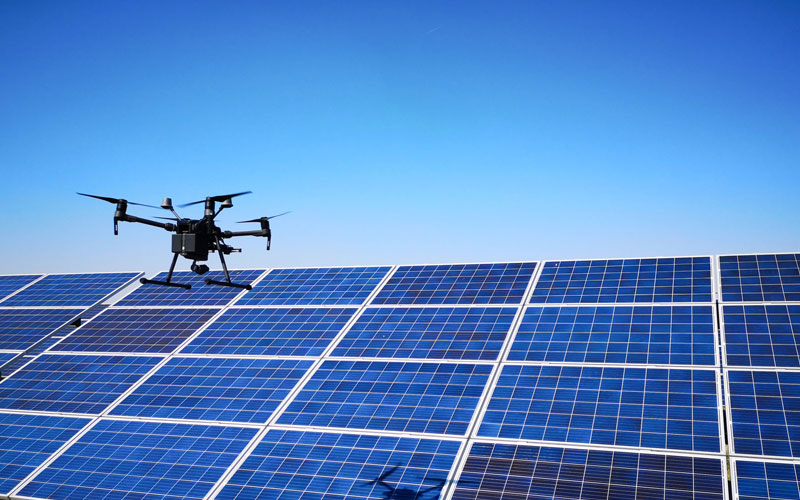
Solar inspection
Traditional thermal Inspection may take days, and can involve several technicians, depending on the size of the solar fields. Contrast to it a drone that can be launched in minutes by a single technician and can capture thousands of square feet of solar panels in just few minutes.
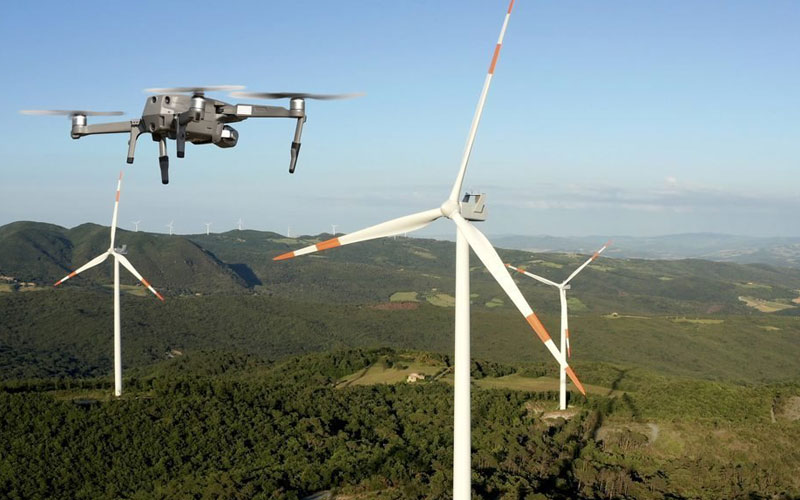
Wind Turbine inspection
Drone based Inspection of Wind Turbine can extend the life of your turbines and blades.No expensive 3d models and time consuming traditional inspection.
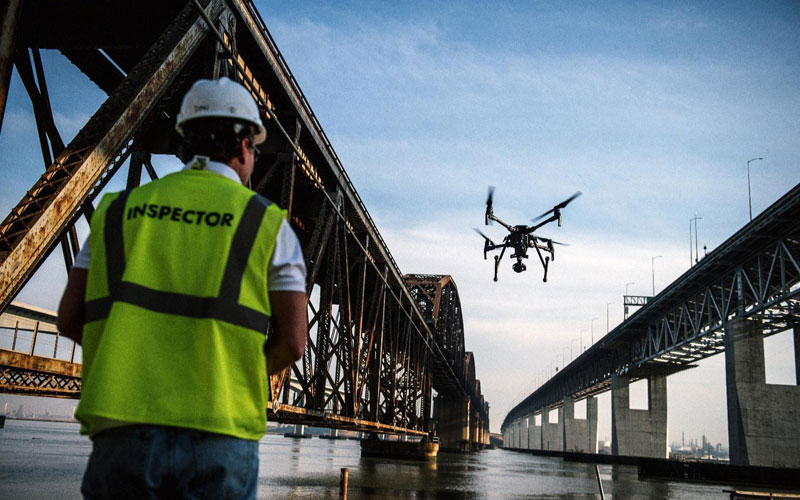
Bridge Inspection
Drones provide a cost-effective solution to quickly identify bridge damages, performance and capacity deterioration issues. Because they are easier and more cost effective to deploy, engineers can regularly inspect and monitor the bridges, hence improve the maintenance and the safety while extending the service life of the bridges.
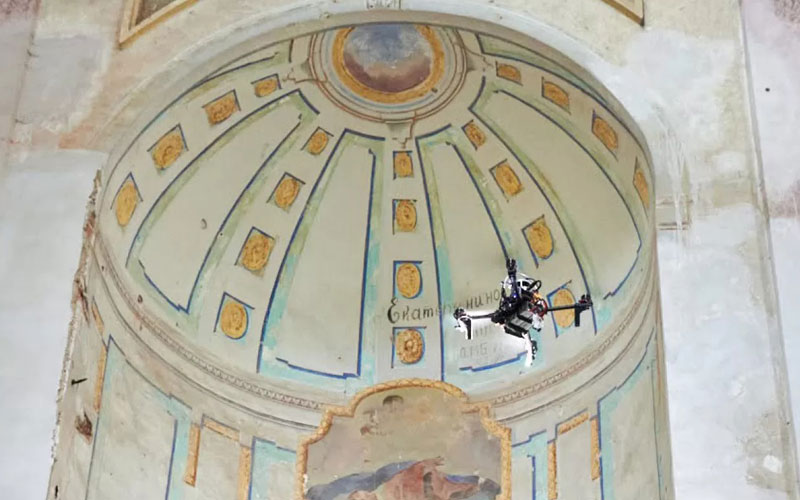
Heritage Inspection
Air Scout Services are an independent team of building pathology experts specialising in listed and historic building surveys. If you are looking for an experienced listed building surveyor to provide you with an in-depth report of the condition of a listed or heritage building, we can help.
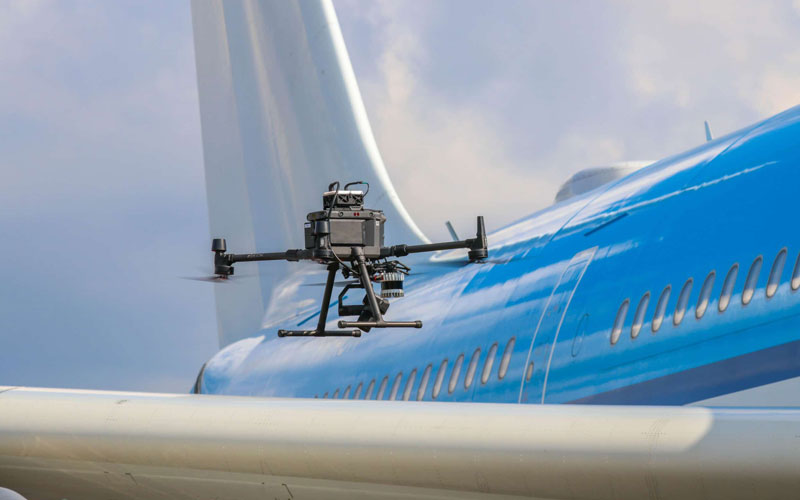
Aircraft Inspection
Aircraft inspections are essential for identifying any potential problems or wear and tear that could compromise the aircraft's performance and safety. Drones can eliminate the need for maintenance technicians to climb ladders, scaffolding, or lifts to inspect aircraft.
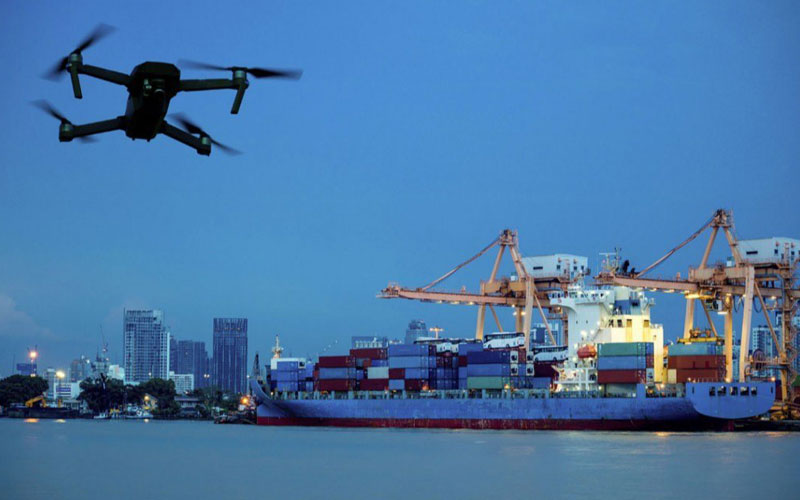
Ship Inspection
The implementation of drones during shipping inspections is becoming essential as the maritime industry realizes the potential of drones to eliminate safety hazards, substantially lower maintenance costs, and perform inspections without the loss of production time.
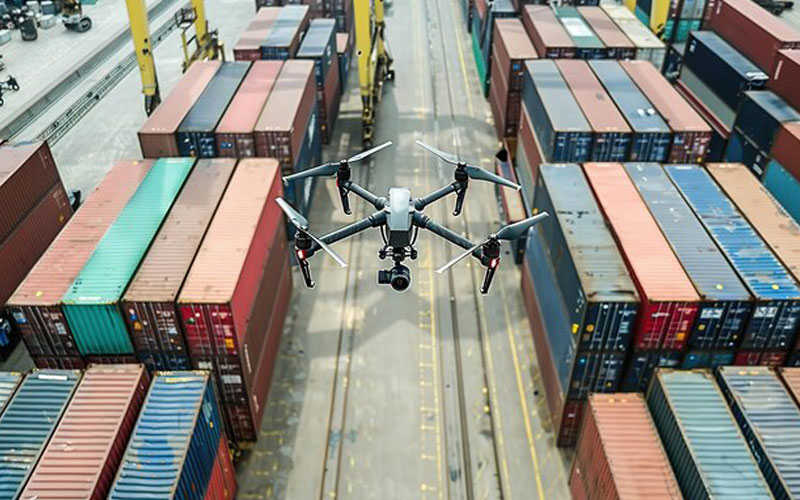
Port Inspection
Reduced downtime of ships, cranes, and other critical infrastructure due to prolonged inspection times. Elimination of risks to people by cutting exposure to heights, heavy equipment, and dangerous gasses associated with maritime inspections and operations.

